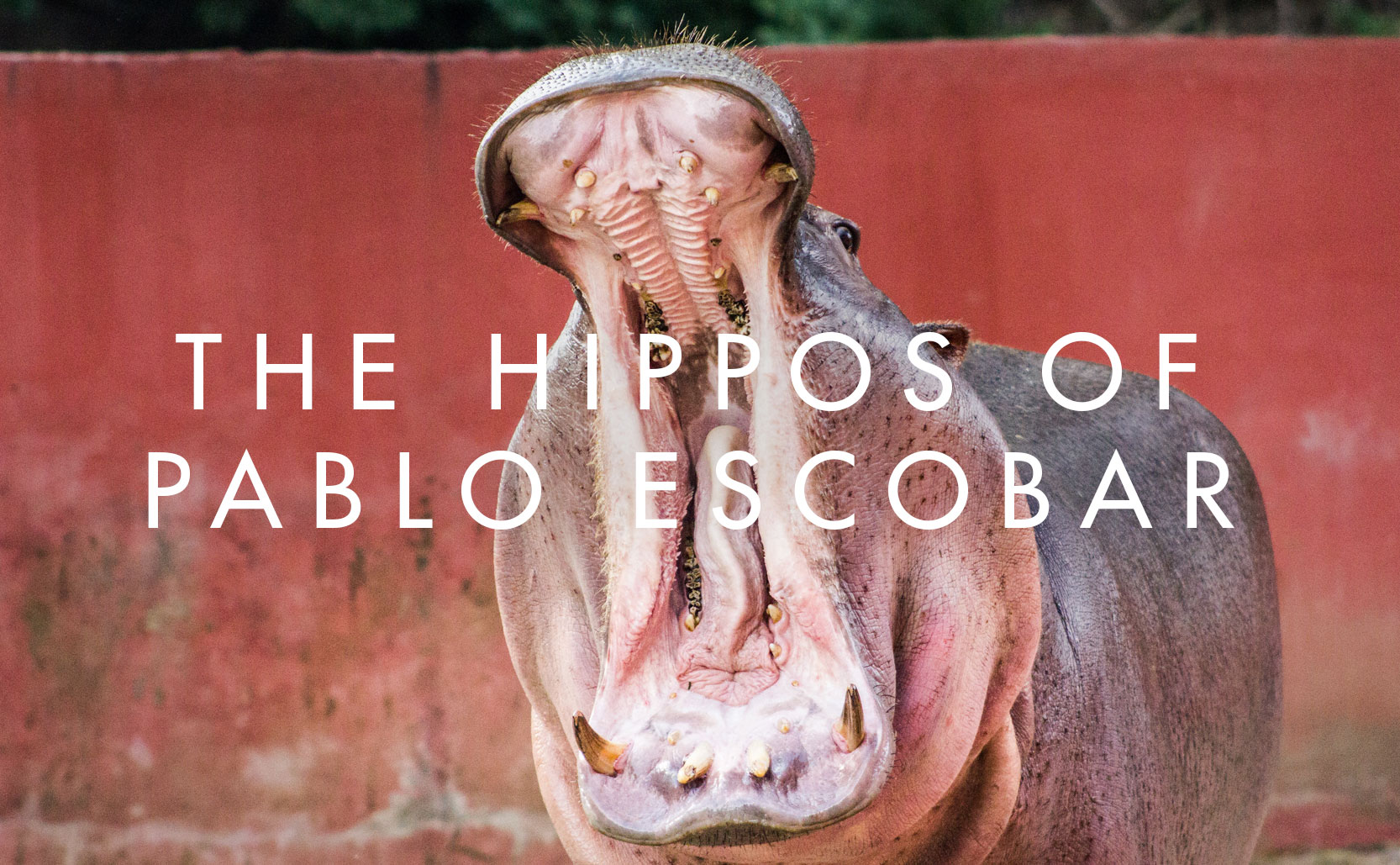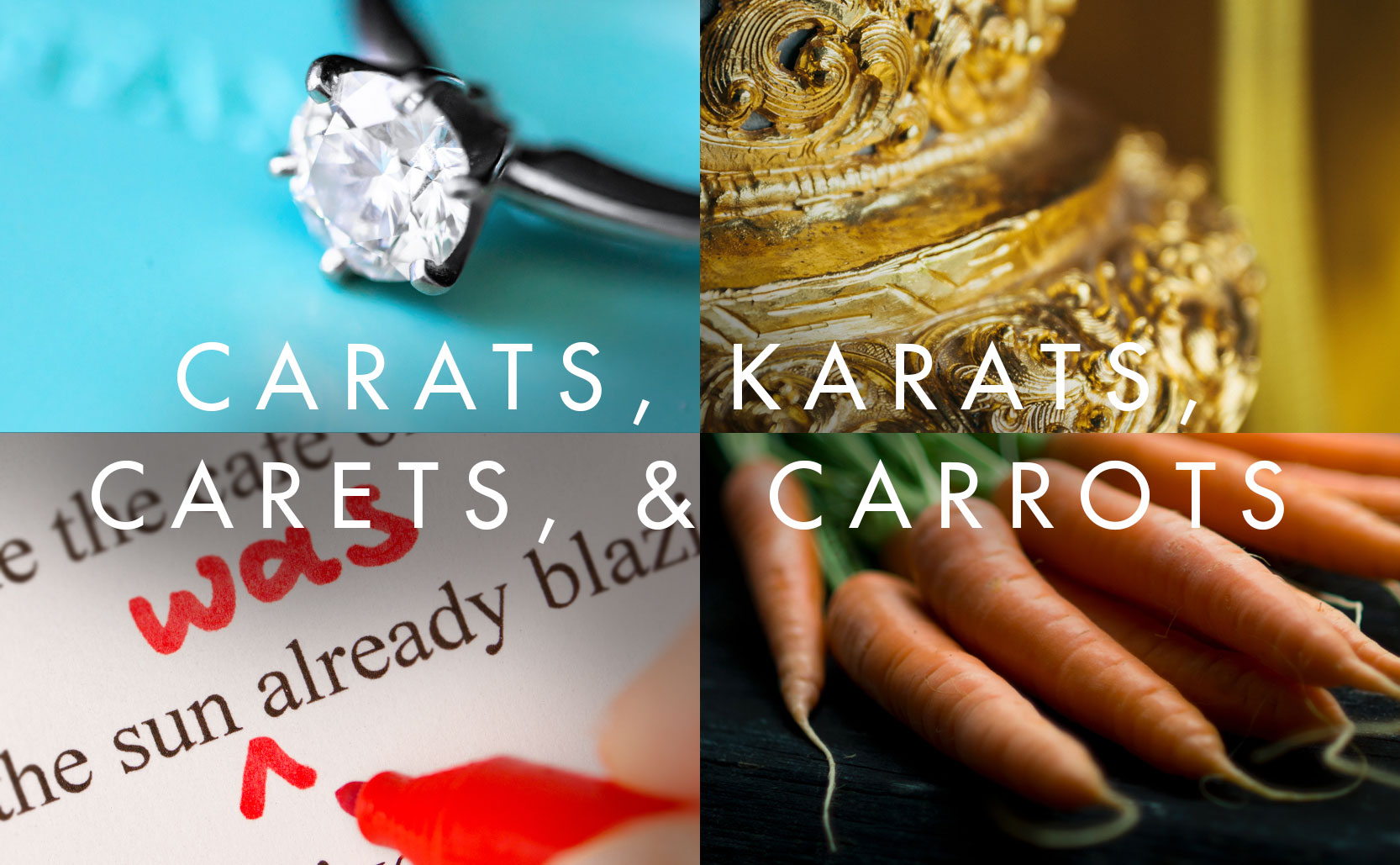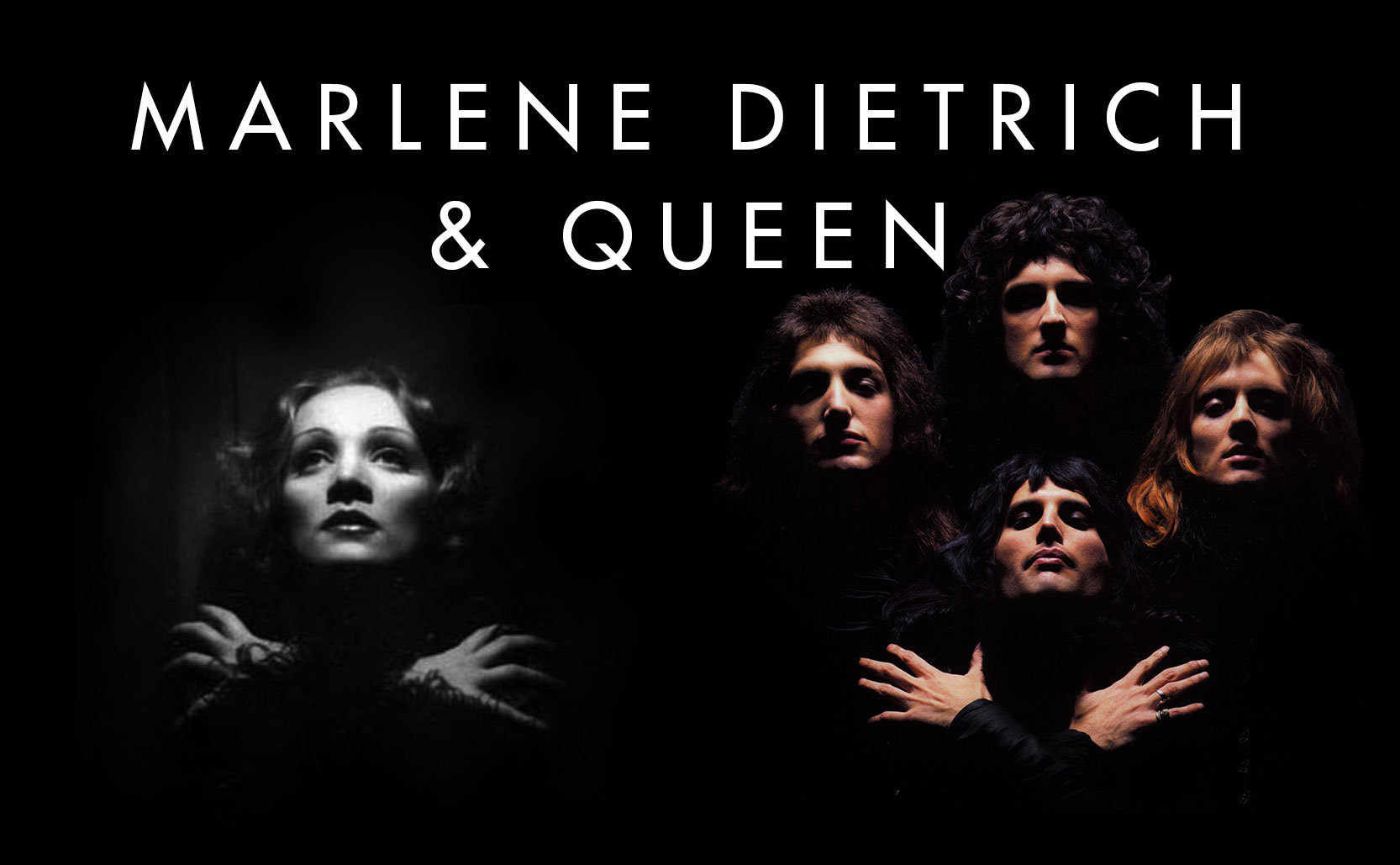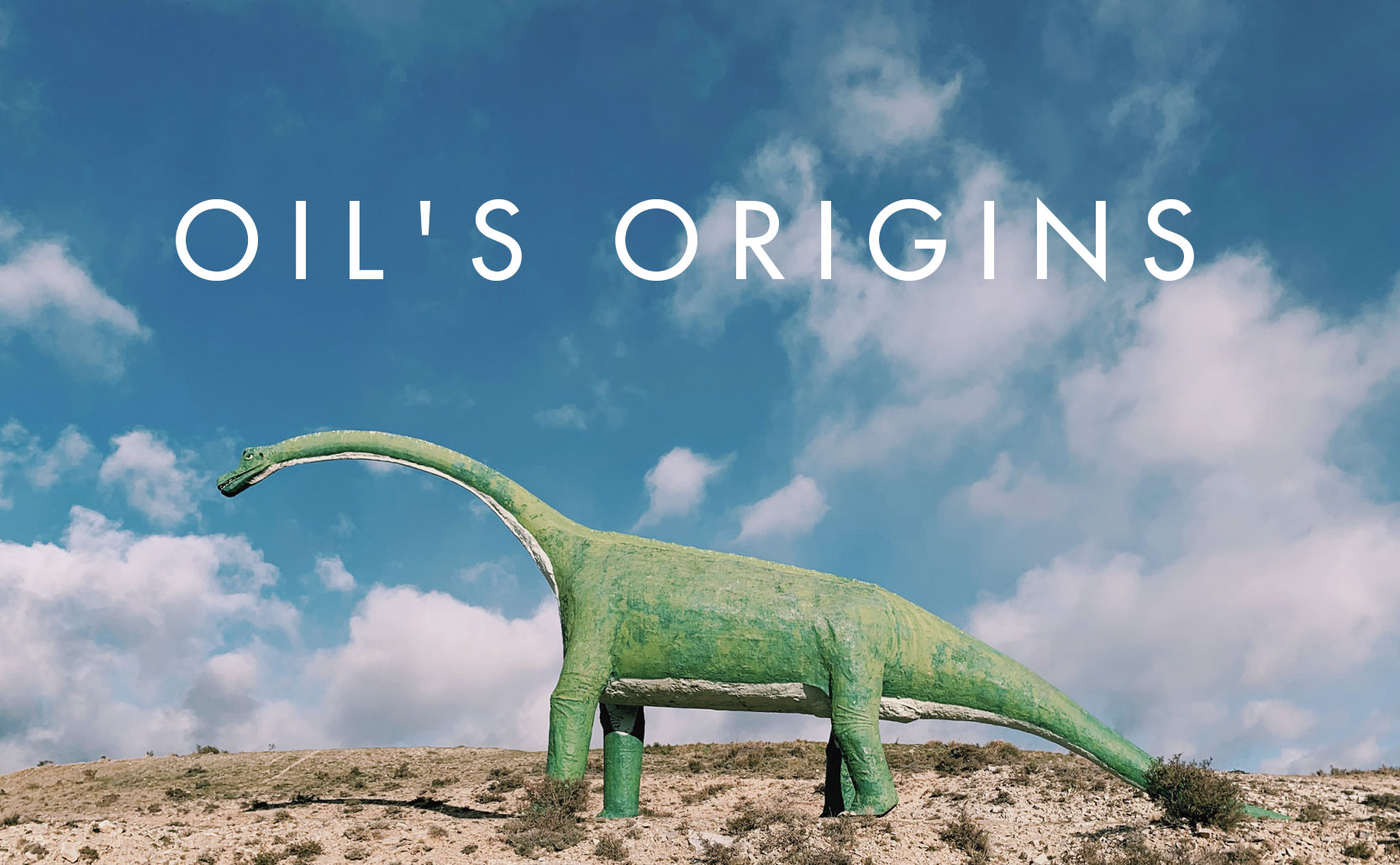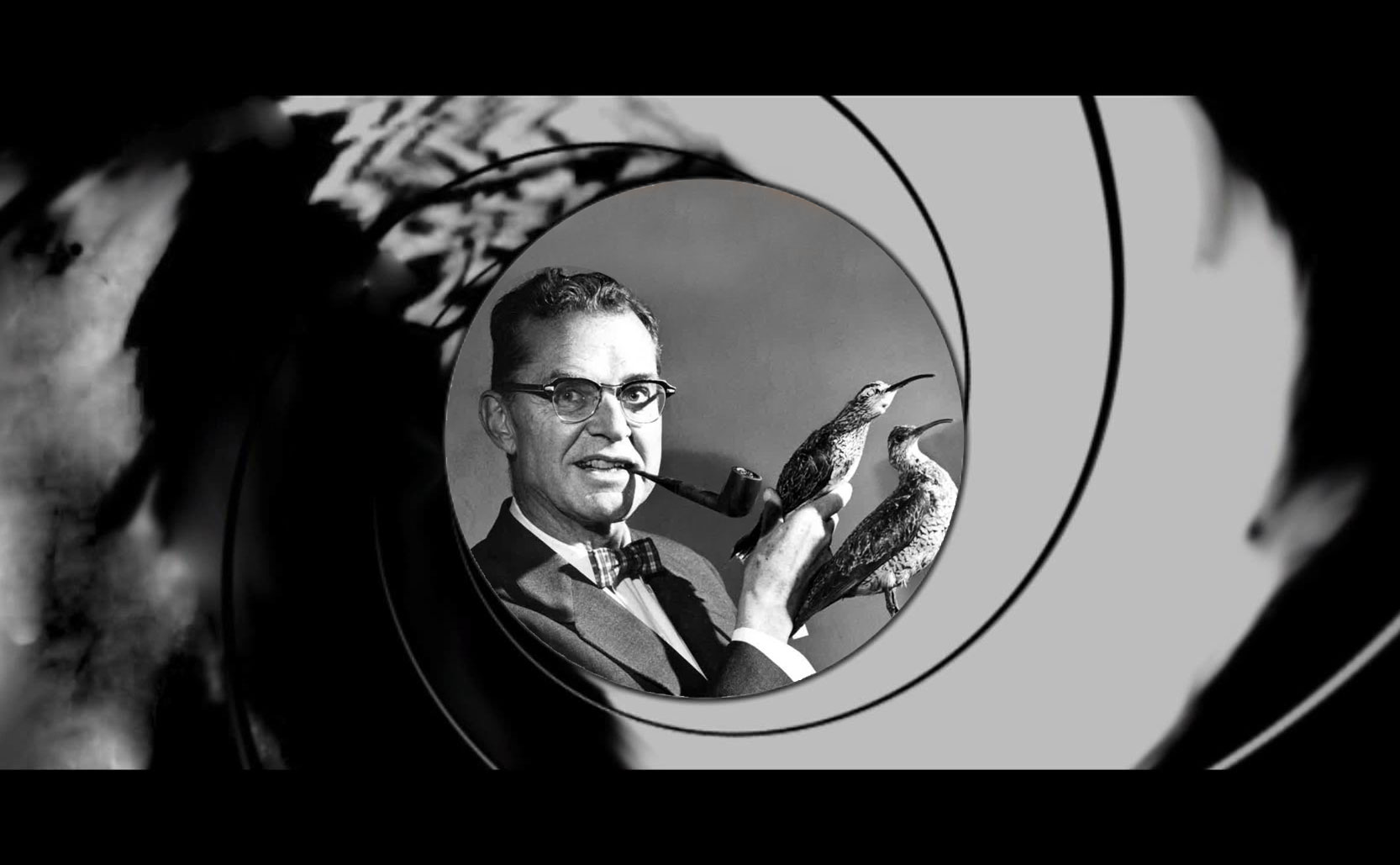When a solution intended to help one group helps multiple groups.
Curb cuts go by different names, but around the world they are the small inclined ramps in the sidewalk that provide easy access to the street. Without curb cuts, people in wheelchairs have to either rely on strangers to help lift them up/down between the sidewalk & the street, or they have to wheel along until they find a driveway (which could mean traveling in the street with moving cars). For some, the simple act of crossing the street can be fraught with difficulties.
The first program to install curb cuts was in Kalamazoo, Michigan in the 1940s. Jack Fisher was an entrepreneur, a disabled WWII veteran, and a Harvard educated lawyer who worked to get hundreds of fellow disabled veterans access to medical & financial assistance. It was because of his time with his clients that, in 1945, he worked with the city to get curb cuts and rails installed around the downtown, which gave a wide variety of people easier access to the businesses of Kalamazoo. The intention of the curb cuts was to enable the disabled (veteran or otherwise), but the program had unintended benefits.
The Curb Cut Effect
The curb cut effect is when something intended to help one group ends up helping multiple groups. The curb cuts were designed for the physically disabled in Kalamazoo but turned out to also benefit the elderly, they help delivery people rolling shipments to and from trucks, people pushing babies in strollers, runners, people dragging suitcases, etc.
We can see the curb cut effect again with television closed captioning. What was designed to assist the hearing impaired unintentionally benefited others. Now viewers in loud spaces can read what’s being said on tv, viewers who are new to a language can follow along more easily, shows & movies with strong accents are easier to understand, etc.
The curb cut effect can be found all over. The flexible straw was designed by Joseph Friedman to help his daughter drink from a glass, but now they also help people with mobility restrictions. Gender neutral bathrooms may be for the safety & comfort of trans & non-binary users, but they also shorten the wait time for women while also providing men with more baby changing stations than men’s rooms usually do. Optical character recognition (OCR) was designed to digitize text and help the visually impaired read books, but now the technology also allows everyone’s phones to look at text in other languages and translate it on the fly.
A rising tide lifts all ships
The curb cut effect shows that helping one group can spill over into helping others. If nothing else it is good to help others get fair access to the things most people already have. With the curb cut effect, an investment to help one group can reap a greater return on investment.
Despite this, intentionally spending resources to help just one group is often resisted by society — it can be seen as playing favorites, or creating dependencies on government handouts, and/or that helping just one group is to act at the exclusion of helping others. Most of this opposition comes from political conservatives who tend to have less interest in fairness or helping minorities. American conservatives are more likely to think of financial assistance intended to help the disadvantaged as creating a “welfare state”, despite (paradoxically) that they themselves are the number one recipient of government handouts. What the curb cut effect demonstrates is that, if helping others isn’t reason enough for charity & goodwill, at least you might also be helped in the process.


